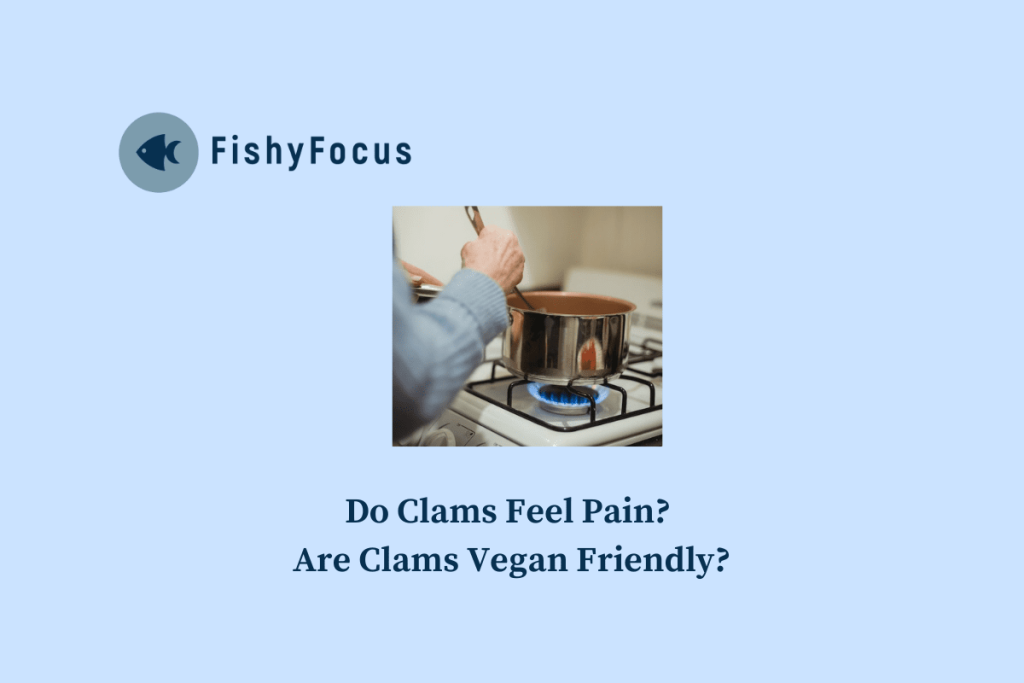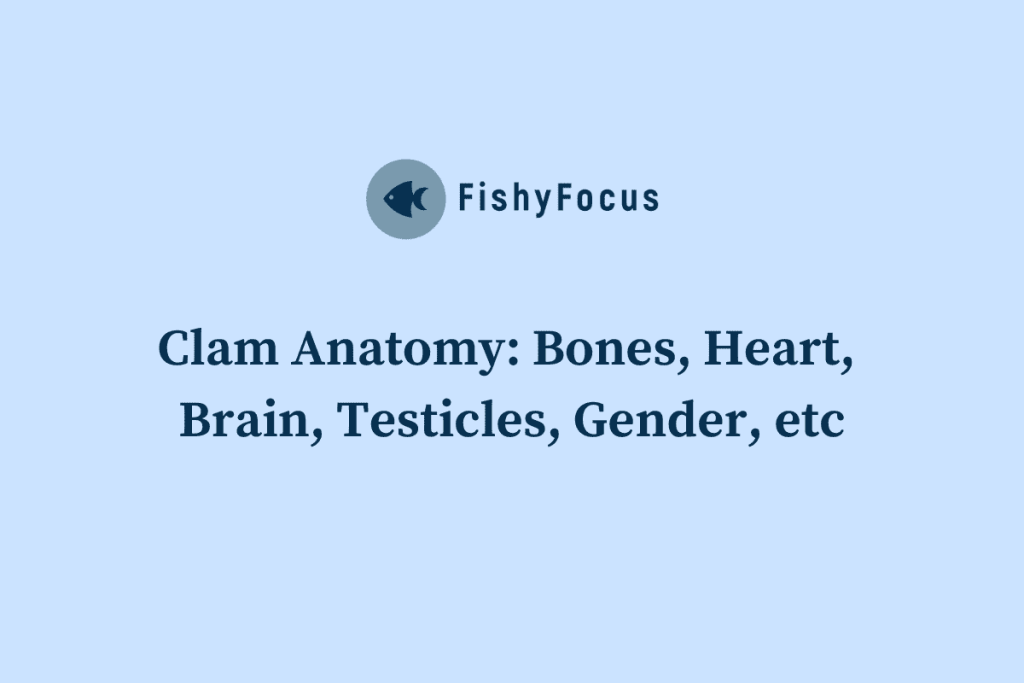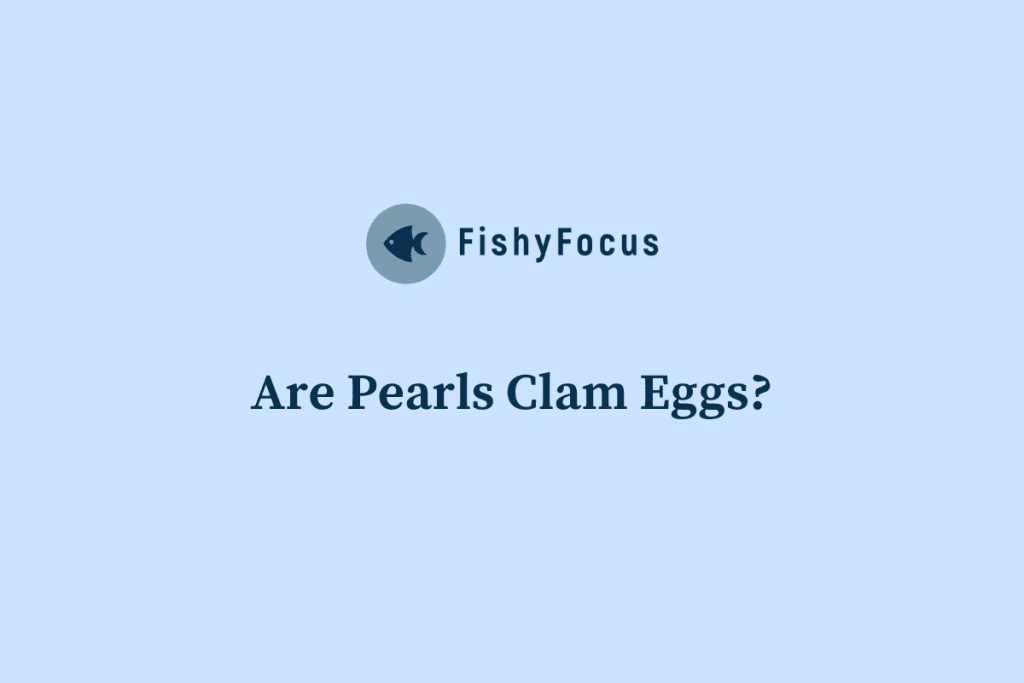Clams are a type of shellfish that are widely consumed around the world. They are not only delicious but also packed with essential nutrients that contribute to a healthy diet. Clams are an excellent source of protein, vitamins, and minerals, making them a valuable addition to any balanced meal plan.
Including clams in your diet can provide numerous health benefits. They are low in calories and fat, making them a great choice for those looking to maintain or lose weight. Clams are also rich in omega-3 fatty acids, which have been shown to reduce inflammation and improve heart health. Additionally, they contain high levels of iron, zinc, and vitamin B12, which are essential for maintaining healthy blood cells and supporting brain function.
Key Takeaways
- Clams are a nutritious food source that contain high levels of protein, vitamins, and minerals.
- Clams have potential health benefits, including improving heart health and boosting the immune system.
- Some people may experience headaches after consuming clams, which can be caused by various types of headaches.
- Symptoms of clam-related headaches can include throbbing pain, sensitivity to light and sound, and nausea.
- Treatment and prevention of clam-related headaches may involve avoiding clams or taking medication, and seeking medical attention if symptoms persist.
Clams and Their Potential Health Benefits
Consuming clams can offer a range of potential health benefits. The nutrients found in clams contribute to these benefits. For example, the omega-3 fatty acids found in clams have been linked to a reduced risk of heart disease and improved brain function. These fatty acids have anti-inflammatory properties that can help reduce inflammation in the body, which is associated with various chronic diseases.
Clams are also an excellent source of iron, which is essential for the production of red blood cells. Iron deficiency can lead to anemia, fatigue, and impaired cognitive function. Including clams in your diet can help prevent iron deficiency and promote overall health.
Furthermore, clams contain high levels of vitamin B12, which is crucial for nerve function and the production of DNA and red blood cells. A deficiency in vitamin B12 can lead to fatigue, weakness, and neurological problems. Consuming clams regularly can help ensure an adequate intake of this essential vitamin.
The Link Between Clams and Headaches
While clams offer numerous health benefits, some individuals may experience headaches after consuming them. This phenomenon, known as clam-related headaches, can be a result of various factors, including histamine intolerance, mercury toxicity, and food allergies.
Histamine intolerance occurs when the body is unable to break down histamine properly. Clams are known to contain high levels of histamine, which can trigger headaches in individuals who are intolerant. Mercury toxicity is another potential cause of clam-related headaches. Clams can accumulate mercury from their environment, and consuming them can lead to mercury poisoning, which may cause headaches among other symptoms. Lastly, some individuals may have an allergic reaction to clams, which can manifest as a headache.
Types of Headaches Associated with Clam Consumption
There are different types of headaches that can be caused by consuming clams. Migraines, tension headaches, and cluster headaches are the most common types associated with clam consumption.
Migraines are characterized by severe throbbing pain, usually on one side of the head. They are often accompanied by other symptoms such as nausea, vomiting, and sensitivity to light and sound. Tension headaches, on the other hand, are typically described as a dull ache or pressure around the head. They can last for several hours or even days and may be accompanied by muscle tension in the neck and shoulders. Cluster headaches are less common but more severe. They cause intense pain around one eye and can occur in clusters over a period of weeks or months.
Symptoms of Clam-Related Headaches
Clam-related headaches can present with various symptoms depending on the individual and the type of headache experienced. The location, severity, and duration of the pain may vary.
For migraines, individuals may experience a throbbing or pulsating pain on one side of the head. This pain can be moderate to severe and may last for several hours or even days. Nausea, vomiting, and sensitivity to light and sound are common accompanying symptoms.
Tension headaches typically present as a dull, aching pain that wraps around the head. The pain is usually mild to moderate and may last for several hours or days. Muscle tension in the neck and shoulders is often experienced alongside the headache.
Cluster headaches are characterized by intense, excruciating pain around one eye. The pain is often described as a burning or piercing sensation and can last for 15 minutes to 3 hours. Cluster headaches occur in clusters, with multiple attacks happening over a period of weeks or months.
Causes of Clam-Related Headaches
There are several potential causes of clam-related headaches. Histamine intolerance is one possible cause. Clams contain high levels of histamine, which can trigger headaches in individuals who are intolerant. Histamine intolerance occurs when the body is unable to break down histamine properly, leading to an accumulation in the body.
Mercury toxicity is another potential cause of clam-related headaches. Clams can accumulate mercury from their environment, and consuming them can lead to mercury poisoning. Mercury toxicity can cause various symptoms, including headaches.
Food allergies can also be a cause of clam-related headaches. Some individuals may have an allergic reaction to clams, which can manifest as a headache. Other symptoms of a clam allergy may include hives, itching, swelling, and difficulty breathing.
Risk Factors for Developing Clam-Related Headaches
Certain factors may increase the risk of developing clam-related headaches. Age and gender can play a role, as migraines are more common in women and tend to peak during middle age. Additionally, individuals with pre-existing medical conditions such as allergies or histamine intolerance may be more susceptible to clam-related headaches.
It is important to note that not everyone who consumes clams will experience headaches. The risk factors mentioned above simply increase the likelihood of developing clam-related headaches in susceptible individuals.
Treatment and Prevention of Clam-Related Headaches
The treatment of clam-related headaches depends on the underlying cause. If histamine intolerance is suspected, avoiding foods high in histamine, including clams, may help alleviate symptoms. Over-the-counter antihistamines can also be used to manage symptoms.
In the case of mercury toxicity, it is important to limit exposure to mercury by avoiding high-mercury seafood such as clams. If symptoms persist or worsen, medical attention should be sought.
For individuals with clam allergies, the best course of action is to avoid clams and other shellfish altogether. If accidental exposure occurs, antihistamines or epinephrine may be necessary to manage symptoms.
Prevention strategies for clam-related headaches include dietary changes and medication. Avoiding foods high in histamine and mercury can help reduce the risk of developing headaches. Additionally, over-the-counter pain relievers such as ibuprofen or acetaminophen can be used to manage headache symptoms.
When to Seek Medical Attention for Clam-Related Headaches
In some cases, clam-related headaches may require medical attention. If the headaches are severe, persistent, or accompanied by other concerning symptoms, it is important to seek medical advice. Other medical conditions such as migraines or allergies may need to be ruled out or managed appropriately.
If an individual experiences difficulty breathing, swelling of the face or throat, or any other signs of a severe allergic reaction after consuming clams, emergency medical attention should be sought immediately.
Balancing the Benefits and Risks of Clam Consumption
Clams offer numerous health benefits due to their high nutritional value. They are a great source of protein, vitamins, and minerals that contribute to overall health and well-being. However, some individuals may experience headaches after consuming clams due to factors such as histamine intolerance, mercury toxicity, or food allergies.
It is important to balance the potential benefits and risks of clam consumption when making dietary choices. For individuals who experience clam-related headaches, avoiding clams and other potential triggers may be necessary. Seeking medical attention if symptoms persist or worsen is crucial to ensure proper diagnosis and management.
In conclusion, clams can be a valuable addition to a balanced diet, but it is important to be aware of the potential risks and take appropriate measures to prevent and manage clam-related headaches.
FAQs
What are clams?
Clams are a type of shellfish that are commonly found in oceans and freshwater bodies. They are a popular seafood item and are consumed in various forms, such as raw, steamed, fried, or in soups and stews.
Can clams cause headaches?
Yes, clams can cause headaches in some people. This is because they contain high levels of histamine, which can trigger headaches in individuals who are sensitive to it.
What is histamine?
Histamine is a chemical that is naturally produced by the body and is involved in various physiological processes. It is also found in certain foods, such as clams, and can cause allergic reactions in some people.
What are the symptoms of a histamine reaction?
The symptoms of a histamine reaction can vary from person to person but may include headaches, flushing, itching, hives, swelling, nausea, vomiting, and diarrhea.
How can I prevent getting a headache from clams?
If you are sensitive to histamine, you can prevent getting a headache from clams by avoiding them altogether or by consuming them in moderation. You can also take antihistamine medication before consuming clams to reduce the risk of a reaction.



